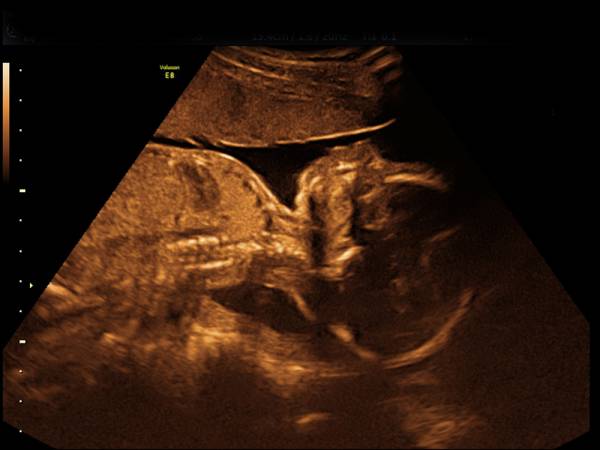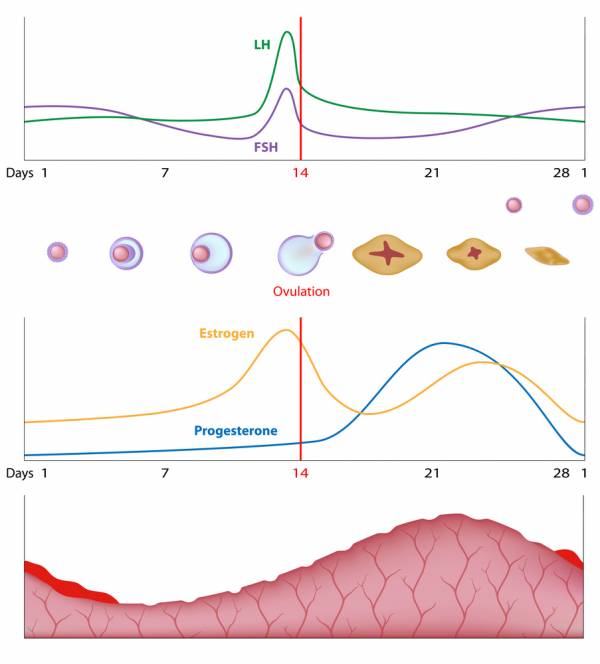“A shifty, fickle object is woman, always.”-Virgil
“A shifty, fickle object is woman, always.”-Virgil
I’ll never forget that sticky summer day at the swimming pool, junior year in high school. The song “Baby Got Back” was blaring from the pool speakers (no joke) as the guys I was hanging out with compared the female bodies at the pool. They came to the conclusion that “Nikki’s one of the pretty ones here…she just doesn’t have a butt.” That statement gravitated the way I looked at not just my butt, but my body, for years.
It also began my quest to achieve the perfect butt. But what is the perfect butt? For a while, I decided it was the one that filled my jeans, Sir Mix-a-lot style. Then I freaked out and thought that was a little bit too big in relation to the rest of my body, so I did some cardio and step aerobics to melt it away. My first year at college was steeped in late nights drinking beer and eating Coldstone, so the butt came back with a vengeance. What I’m trying to say is, if you took a snapshot of my butt every few months from the time I was age sixteen to the present, you probably wouldn’t know it’s the same person. My rear end is the perfect model of the flux that is being a woman.
Now I’m eight months pregnant with my third child, and I love my butt. But I know by next year, after this baby is born, my body will go back to its normal state, which is a bit less curvy and more like the teenage girl at the pool. I might not be quite as enamored with my backside, not to mention my bra size. But ten years and three pregnancies later, I’m okay with that.
Now I embrace the cycles, the weight gain and loss, the stretch marks and the muscle tone. I find more inspiration in projects like The Bodies of Mothers: A Beautiful Body Project that celebrate the dynamic and often not picture-perfect nature of being a woman, rather than the fashion magazines with the models whose bodies never change. I don’t mean to undermine the discipline and hard work that goes into the life of a model or anyone else who seeks after an ideal body composition. But right now, it’s not my path. What has been more important for me – and what I hope may be helpful for other women reading this – is the realization that all this change is actually good.
But as nice as all that sounds, we all know that the changes and cycles that come with being a woman don’t always make us feel warm and fuzzy inside. We all have those moments when you’re staring in the mirror hating your cellulite or stretch marks with a cold, undying passion. In those moments, here are a few reasons to celebrate the cycles we go through as women – and yes, I even mean that cycle.
1. It’s All Part of a Growth Strategy
A few years ago, I read a fascinating study suggesting that whereas the male embryo goes through a series of rapid-fire changes, the female embryo is in a constant, slow dialogue with external stimuli. The researchers linked this growth strategy to a longer life expectancy in women. This longer life expectancy begins even in the womb, as the miscarriage rate is significantly higher for the male fetus than that of the female.

What I like about it is theory is that it highlights the fact that, on the most basic biological level, the female organism is in constant conversation with external stimuli. This dialogue makes a difference physically, as we easily see throughout a woman’s life cycle. In adolescent girls and adult women, there’s the constant struggle with the menstrual cycle and all the unexpected cramps, weight gain, and mood swings that little blessing brings. And then there’s the drama of conception, pregnancy, labor, delivery, and recovery from childbirth – not to mention menopause. The fickle, shifty nature of a woman’s biology never ends.
We can see these long-term cycles as a woman’s curse or as part of a brilliant biological growth strategy. I sort of like that second option.
2. Change Is a Messenger
It’s helpful to look at bodily fluctuations like cravings, body composition changes, and mood swings as messengers to be listened to, not simply problems to be eliminated. For me this has been most accurate when it comes to the menstrual cycle. Before I started having children my periods and the time leading up them were unbearable. Although I had several doctors recommend birth control to stop these issues, I avoided it for medical and personal reasons.

Instead, I started researching the underlying issues that can cause these symptoms and figured out that for me, they’re almost always stress and diet related. If I don’t get enough sleep and eat the right food, I have a whole array of problems – dramatic weight loss or weight gain, breakouts, migraines, and mood swings. If my body doesn’t like my lifestyle, it lets me know.
With the right amount of sleep, the right kind of food (and supplements), and perhaps most importantly, proper stress management, these issues went away and my periods gradually returned to normal. I’ve had the same experience using alternative methods to help regulate my cycles and space my children naturally. In the process, I’ve learned amazing things about the female reproductive system and how all these cycles actually work.
I was listening to a lecture by Professor Dan Lieberman recently. He made the following point that I thought was relevant here:
Many symptoms that are treated in modern medicine are actually adaptations. Fevers, for example, are an adaptation to help fight infection…I would argue that a lot of musculoskeletal pains are adaptations. Shin splints are a problem that we need to treat, right? They’re actually a signal to your body that you’re running like an idiot and you should stop running that way. Nausea is very unpleasant, but reminds you perhaps you shouldn’t eat that again…we have to recalibrate peoples’ minds out there to stop treating symptoms and start treating those symptoms as actual adaptations.
For me, my fickle menstrual cycle and all the symptoms that went with it were signals that I was living like an idiot and needed to change my lifestyle. Although there were times I wished my period would magically cease to exist, those changes were my body’s way of telling me something was off. Paying attention to those messages was the first step in making a positive change and not simply stifling the symptoms.
On a broader scale, we can apply this attitude to how we relate to the ever-changing female body. In the end, ten years after that day at the pool, I can say the perfect butt is the one I am sitting on right now. And it will be the perfect butt in a year when it’s not so robust, and even fifty years from now when it’s on the saggy side (I’m being optimistic with that projection). I’ve grown to embrace the rollercoaster that is being a woman. It reinforces the fact that life isn’t a static moment. After all, what would be the fun if it were?
Photos courtesy of Shutterstock.






